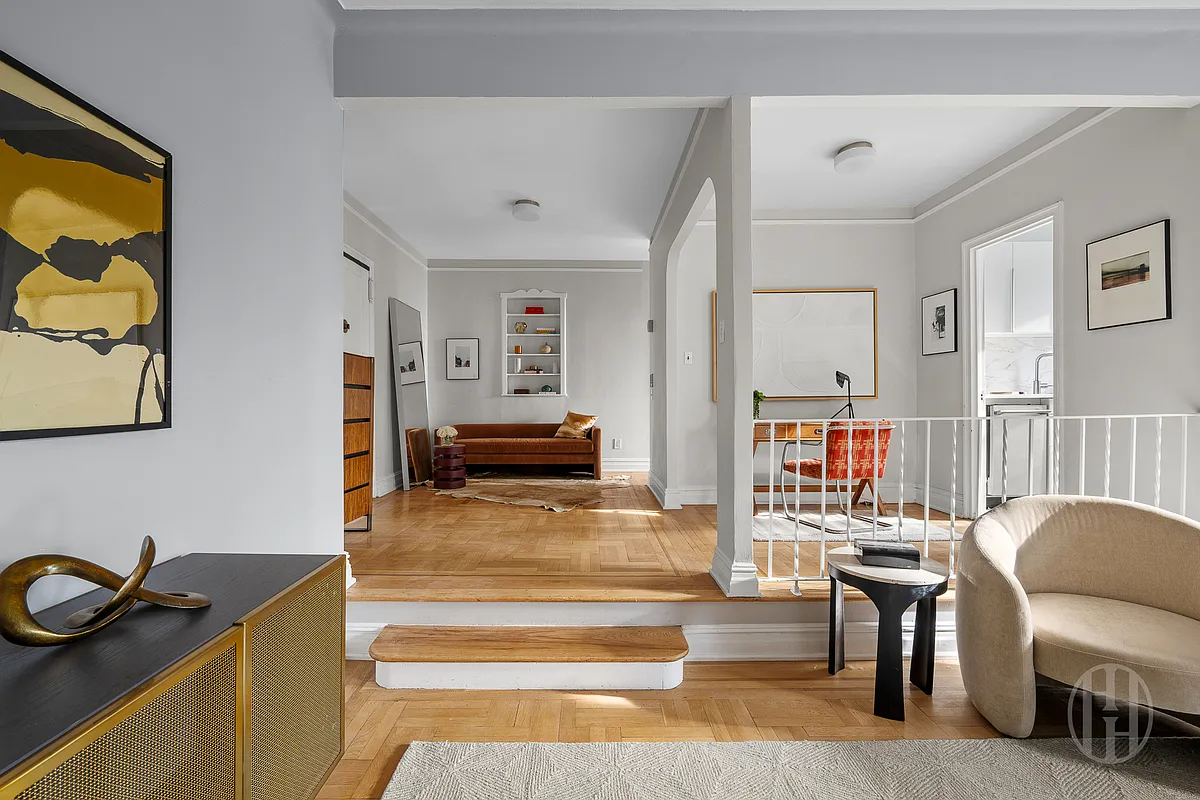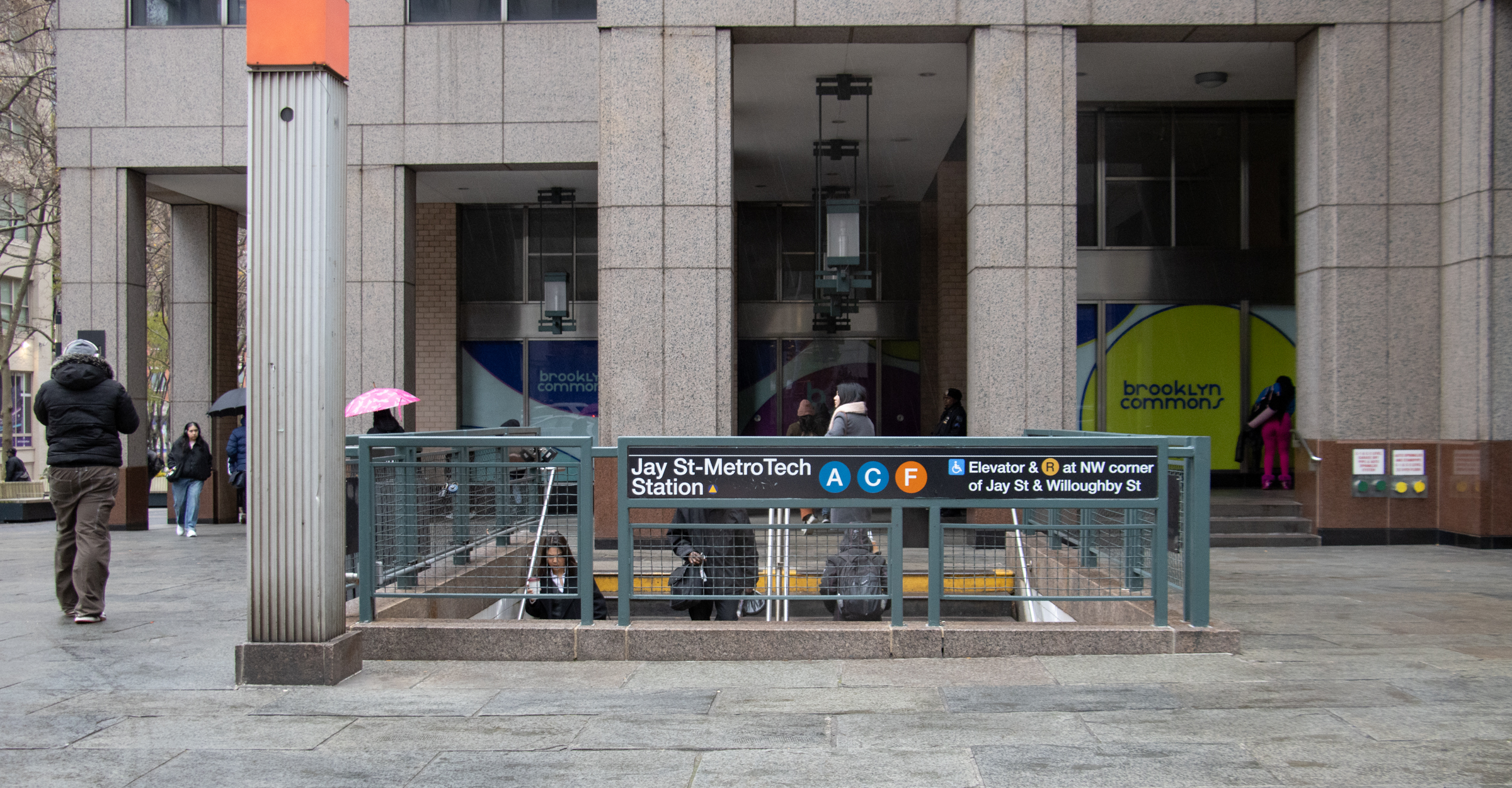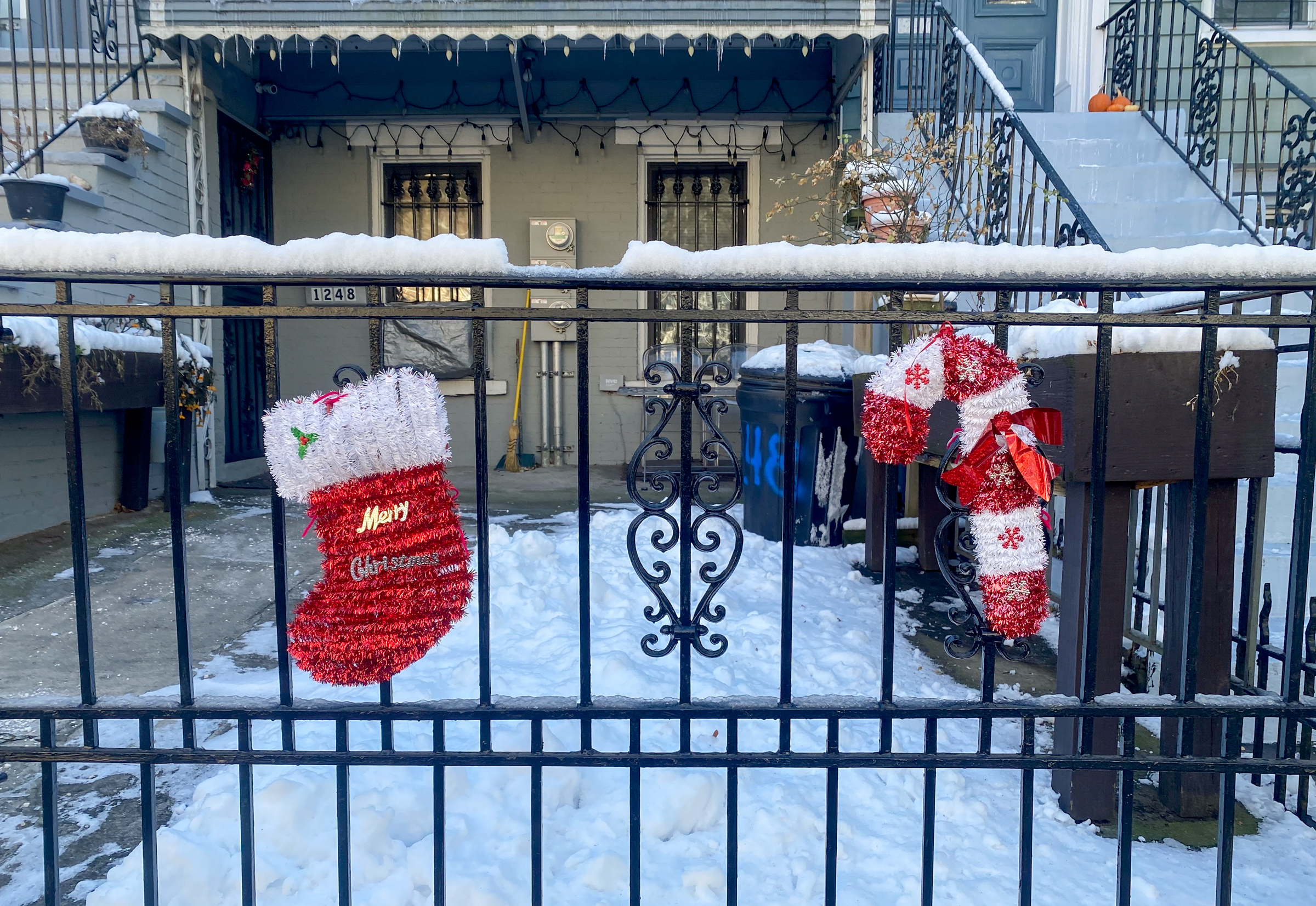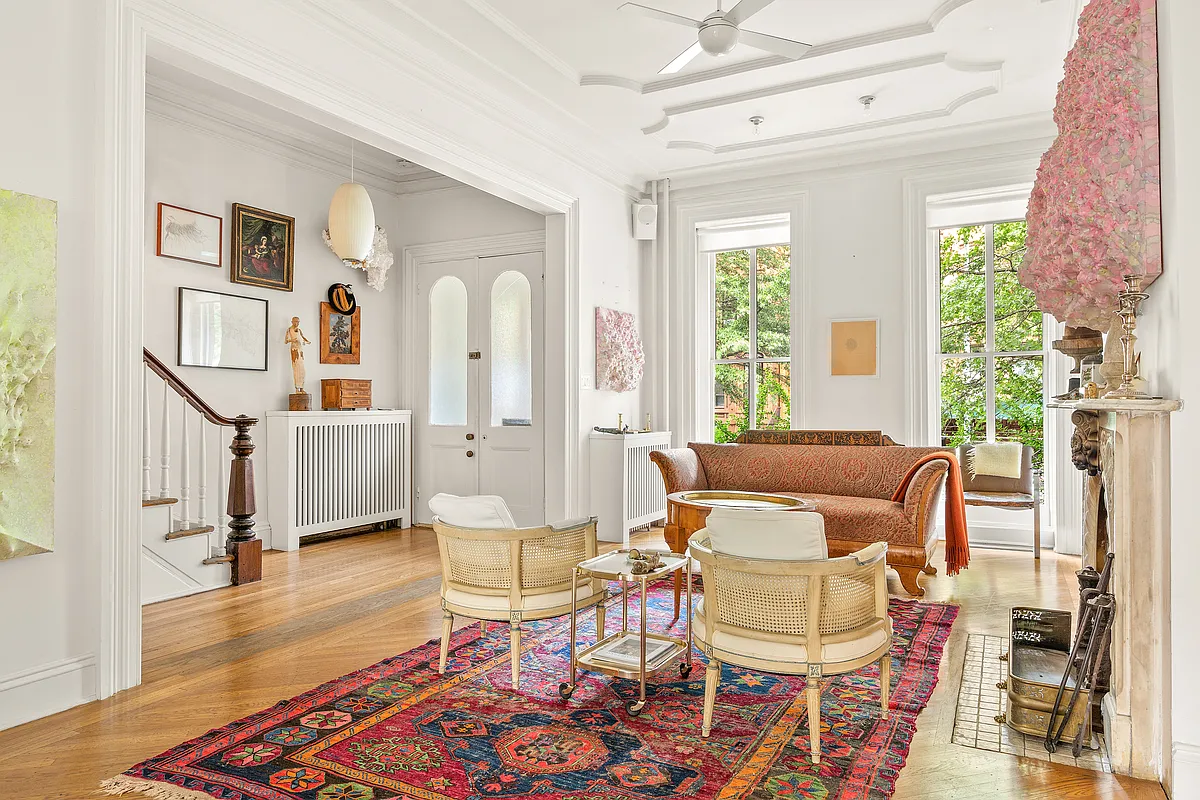Inside Third & Bond: Week 68
Today, the Hudson Companies bloggers talk stairs. As far as staircases go, Third + Bond’s stairs are more on the order of what Michelle wore for the Barbara Walters interview than for the Inauguration or the Inaugural Balls. Simple, classy, and straightforward. The stairs will look good, befit a modern brownstone, and, of course, function…

Today, the Hudson Companies bloggers talk stairs. As far as staircases go, Third + Bond’s stairs are more on the order of what Michelle wore for the Barbara Walters interview than for the Inauguration or the Inaugural Balls. Simple, classy, and straightforward. The stairs will look good, befit a modern brownstone, and, of course, function perfectly.
 We have 8 buildings each with a set of internal common stairs. Our budget is $35,000 and was originally based on steel stairs (stringer, riser, pan into which the tread sits, and railings) with a poured concrete topping for the treads and landings. But now that buy-out time has come and we are about to put pen to paper, we are taking another look at tread options. We’ll keep the steel stair because we like the look and price. It also meets the requirement for a fire rated stair.
We have 8 buildings each with a set of internal common stairs. Our budget is $35,000 and was originally based on steel stairs (stringer, riser, pan into which the tread sits, and railings) with a poured concrete topping for the treads and landings. But now that buy-out time has come and we are about to put pen to paper, we are taking another look at tread options. We’ll keep the steel stair because we like the look and price. It also meets the requirement for a fire rated stair.
The review of options that follows is nearly verbatim the discussion at this week’s construction meeting. (Did we tell you we’d take you behind-the-scenes or what?!) We talked through a lot of ideas and posed a lot of questions…
Tread Options
 1) Poured concrete, trowel-finished. This is what we originally specified. To accomplish this tread, the sub has to mix up a batch of concrete and pour it carefully onto the top of each stair. Then he has to smooth it with a trowel. Anyone who has iced a cake knows that getting a smooth surface isn’t as easy as it looks. Concern: It could end up very messy to do in the field. We could have bits of concrete dried onto the metal riser and stringers and it could be tricky to trowel the tread flat enough so that it looks good. Benefit: If it’s well done, it will look good, maintain well, and comes in at or under budget.
1) Poured concrete, trowel-finished. This is what we originally specified. To accomplish this tread, the sub has to mix up a batch of concrete and pour it carefully onto the top of each stair. Then he has to smooth it with a trowel. Anyone who has iced a cake knows that getting a smooth surface isn’t as easy as it looks. Concern: It could end up very messy to do in the field. We could have bits of concrete dried onto the metal riser and stringers and it could be tricky to trowel the tread flat enough so that it looks good. Benefit: If it’s well done, it will look good, maintain well, and comes in at or under budget.
2) Poured self-leveling concrete. Concern: Do we know the right guys for the job? (If you’re out there, let us know!) Benefit: Self-leveling concrete does exactly what its name indicates—after the sub pours it into the pan, the concrete levels out and dries with a level surface. It does not require the use of a trowel. Therefore, it is much neater than the poured concrete.
 3) Poured concrete into metal pan, stain and polish finished. This is very similar to option #1 except for that we use a polishing machine to smooth and buff the surface. Concern: Can this be done easily on a narrow set of stairs? We’ve seen it on the floors at retail stores and it looks great but it probably takes a large polisher to bring it to that shine. Benefit: Looks good.
3) Poured concrete into metal pan, stain and polish finished. This is very similar to option #1 except for that we use a polishing machine to smooth and buff the surface. Concern: Can this be done easily on a narrow set of stairs? We’ve seen it on the floors at retail stores and it looks great but it probably takes a large polisher to bring it to that shine. Benefit: Looks good.
4) Concrete Tile. Comes in one piece for the tread and two pieces for the landings. Concern: Expensive—our current bid is $60,000 just to furnish. Benefit: Avoid the messy issues of pouring and still get concrete treads.
 5) Metal tread. Concern: Not a great look for the main staircases a little too rustic looking. Noisy. We think the concrete pan will absorb noise better and be less clattery. Benefit: Inexpensive. No more worrying about the finish.
5) Metal tread. Concern: Not a great look for the main staircases a little too rustic looking. Noisy. We think the concrete pan will absorb noise better and be less clattery. Benefit: Inexpensive. No more worrying about the finish.
6) Wood tread. Concern: Since the architects originally designed the steel stairs with concrete tread, we have yet to price out wood treads. But as we started talking more and more about tread options, we thought it might be worth exploring after all. We expect it will be more expensive than the trowel-finished treads but we are already leaning toward a more expensive finish so think it is worth including wood in our investigation. So far we’ve heard rough estimates ranging from $75/treat to $125/tread. We have around 600 treads and then there’s the landings. We also want to think more about whether maintenance would be significantly more than a concrete stair. Benefit: Would look fantastic (if easy to maintain).
7) Ceramic tile. Concern: It takes time and an excellent sub to lay tile so that it’s straight and flush. In other words, it could end up pretty expensive. Also, tile stairs don’t really bring to mind modern brownstone more like Mediterranean villa. Benefit: Then again, ceramic tile might bring a little more warmth to the look than the metal and concrete. We have to think about the stairs in the context of the lighting and wall treatments as well. Food for thought…
8) Carpet. Concern: What a maintenance nightmare! Unless you have the money to maintain the stairs at the level of, say, the Grand Staircase at the White House, there’s really no good reason to carpet a public staircase.
So, as you can see we’ve come up with a lot of potentially great options. Even though we and our architects thought long and hard about the original specification during the design process, when the contractor enters the picture and pricing starts up in earnest, previous decisions are often reviewed. As the developer, we want to hear the contractor’s concerns about executing a particular design element whether it is about getting it to look good or about cost. And we always keep the architect in the loop—we are relying on their experience and eye as well. At the heart of it, the developer must juggle cost, installation, maintenance, and marketing issues. The stairs are more than merely egress in our eyes and we think it’s worth taking time to make the best decision.
Inside Third & Bond: Weeks 1-65 [Brownstoner]
From our lawyers: This is not an offering. No offering can be made until an offering plan is filed with the Department of Law of the State of New York.”





Alison;
Thanks for the reply. BTW: my daughter worked for your organization for a short while, during the sales of the “J” condo. Her name is Liz, and she enjoyed working with you.
Good luck!
Benson,
It’s not so much that we think a more expensive staircase will itself fetch a higher price as it is that people have to like the overall look of the building. Since we don’t have formal lobbies, the entries and stairs can be thought of as informal stand-ins. And I do think that if the staircases and entry were really lousy-looking that some buyers might turn up their noses. It’s not like buyers won’t have other options!
What’s going on in my backyard, man?
If it can be done, polished concrete seems the most visually appealling option and it works with the style of your other choices (modern).
Plain concrete or metal tread conjure up institutional settings for me personally.
I agree with your assessment about carpeting on the public stairways. I live in a condo complex up the street from your development, at 3rd and 4th Ave. We have commercial carpeting in our stairways. At first, I really liked it,because it gives the stairways a more “homey” feel and reduces the noise. However, as you remarked, they become soiled over time. It would be an expense to our Association to clean them on a regular basis.
My question to you is: is the finish of these stairways really a selling point? I bought into my complex when it was new, and I don’t think so. In other words, do you really expect to fetch a higher price if you put in a more expensive stairway?
I enjoy your blog.
how much are you going to rent these places out for?